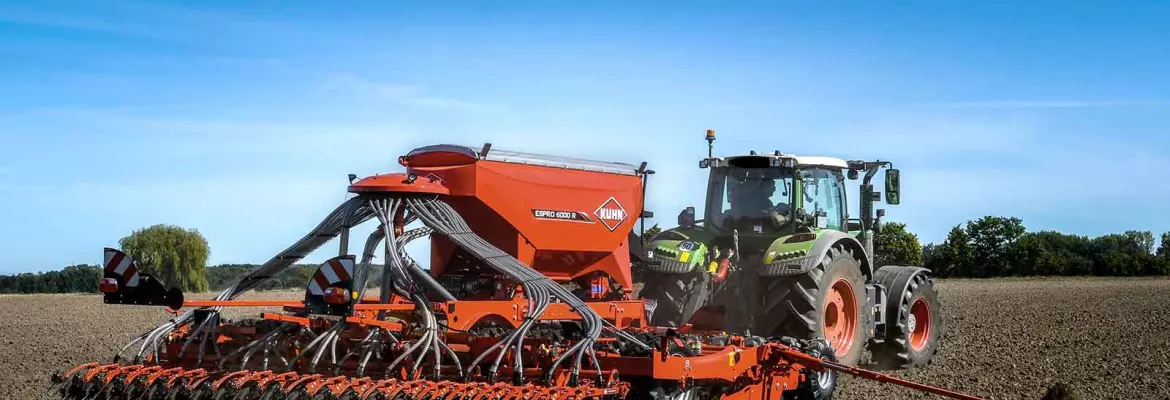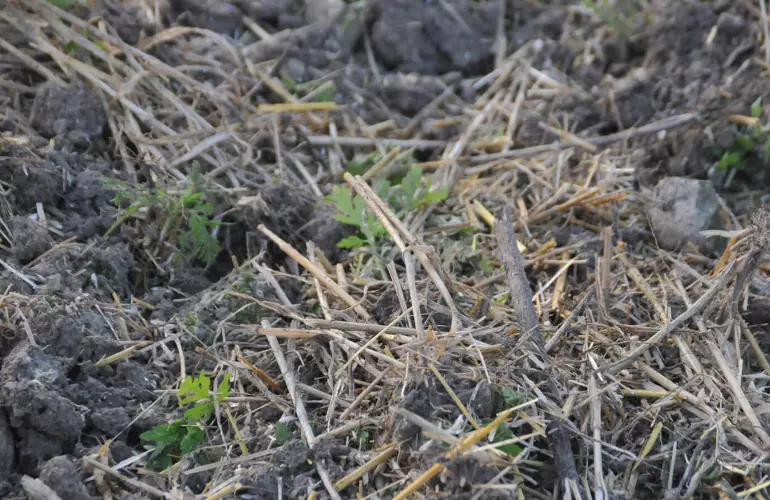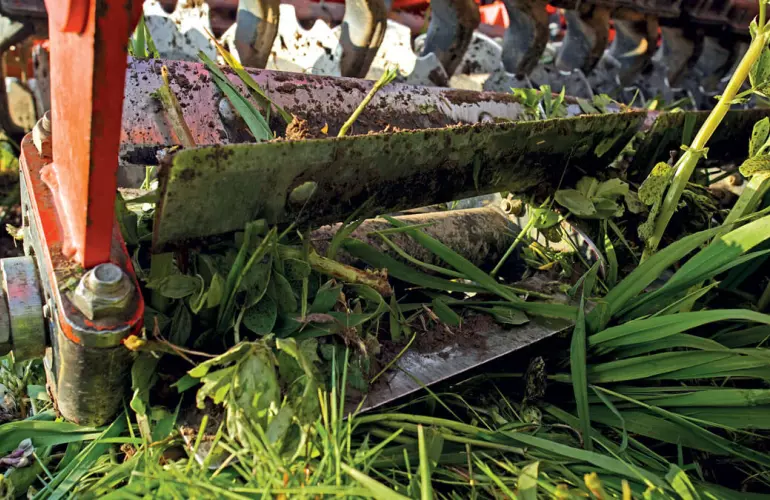
There are as many crop management techniques for minimum cultivation as there are farms that use them. Eliminating the ploughing stage is one of the constants though, which means no more soil turning and mixing the layers. Min-till techniques use alternative seedbed preparation methods, working the soil at varying depths, intensities, and frequencies. Suitable tools and key stages of minimum cultivation techniques.
Tillage tools suitable for minimum cultivation methods
Depending on the soil, compaction, and the crop to be planted, farmers can choose from a wide array of tillage techniques as part of a minimum cultivation method:
- Soil loosening at depths of between 20 and 40cm to restructure the soil. A soil loosener loosens the soil without disrupting it or disturbing the layers.
- Pseudo-ploughing at depths of between 12 and 25cm for the same reasons as above.
- Strip-till, to work the seeding strip only, and to prepare the seedbed at a depth of between 5 and 25cm.
- Shallow tillage to prepare the seedbed between 2 and 15cm deep. Different tools can be used: stubble cultivators with tines, discs, mixed, or harrows, etc.
Agronomic techniques associated with minimum cultivation
Weeding with minimum cultivation methods
Mechanical weeding (stale seeding) is the recommended method with minimum cultivation. The aim is to force weed emergence before killing them mechanically or with a chemical product in order to reduce weed seeds in the soil. A systemic weedkiller, such as glyphosate, is often used. However, mechanical tools can also be used to destroy weeds. Another way of breaking the cycle of the weeds associated with a cash crop, in minimum cultivation, is crop rotation. Farmers diversify the species in the rotation and adjust the length of the rotation, so as not to benefit any particular weed.

Managing cover crops
Cover crops provide organic matter as well as fertilising and improving the structure of the soil. The choice of cover crop depends on different agronomical and organisational criteria. The species most commonly used are: grasses, legumes (pea, clover, vetch), crucifers (radish, turnip, mustard, etc.) or hydrophyllaceous plants (phacelia). It is advisable to mix 3 or 4 species with at least one legume to prevent nitrogen hunger. Seeding can be carried out with a combine harvester, by broadcasting with a fertiliser spreader, with a small-seed seed drill fitted to a stubble cultivator, or with a direct drilling or conventional seed drill. The plants are destroyed when the front comes, by using a roller, a mechanical tool, or even a shredder.

Minimum cultivation seeding
Cash crops are seeded either in residues from the previous crop or in plant cover. In both cases, the seeding line has to be cleared to ensure good seed/soil contact. It is possible to use a shredder followed by shallow tillage to improve residue decomposition. The crop can be seeded directly in the residues as long as the seed drill is able to clear them from the line. Seed drills used for minimum cultivation go from conventional tools to direct drilling tools, including specific minimum cultivation seed drills. It is often recommended to carry out spot fertilisation when seeding to get the crop off to a good start.
